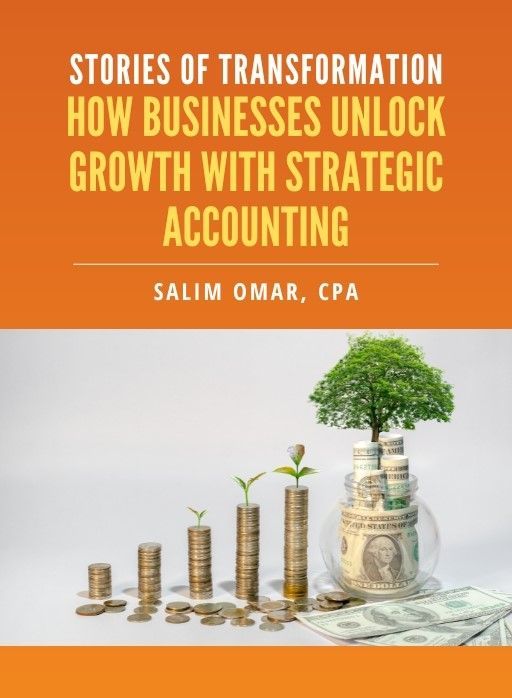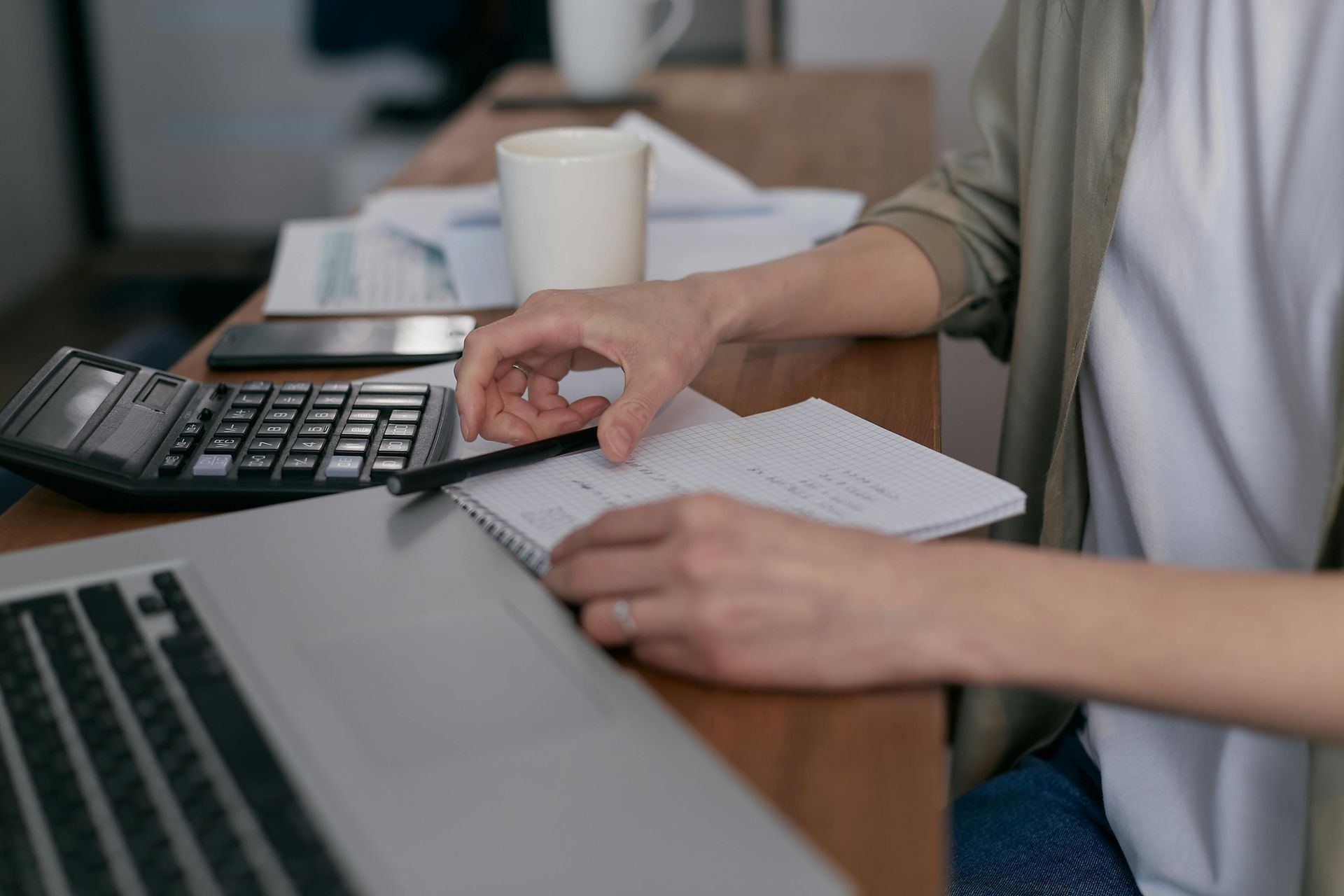Using Health Savings Accounts (HSAs) as a Powerful Tax Strategy

For business owners navigating the complexities of healthcare expenses and tax planning, Health Savings Accounts (HSAs) present a compelling opportunity. These accounts offer a unique triple
tax advantage: tax-deductible contributions, tax-free growth, and tax-free withdrawals for qualified medical expenses. This combination makes HSAs an effective tool for managing healthcare costs while optimizing tax savings, especially for those enrolled in high-deductible health plans (HDHPs).
Understanding the Triple Tax Advantage
The appeal of HSAs lies in their threefold tax benefits:
- Tax-Deductible Contributions: Contributions made to an HSA are deductible from gross income, effectively reducing taxable income for the year. For 2025, the contribution limits are $4,300 for individuals and $8,550 for families, with an additional $1,000 catch-up contribution allowed for those aged 55 and older.
- Tax-Free Growth: Funds within an HSA grow tax-free. This includes interest earned and any investment gains, allowing the account to accumulate value over time without incurring tax liabilities.
Tax-Free Withdrawals: Withdrawals from an HSA are tax-free when used for qualified medical expenses, such as doctor visits, prescription medications, and certain dental and vision care.
Eligibility Requirements
To open and contribute to an HSA, individuals must be enrolled in a high-deductible health plan (HDHP). For 2025, an HDHP is defined as a plan with a minimum annual deductible of $1,650 for self-only coverage or $3,300 for family coverage, and maximum out-of-pocket expenses of $8,300 for self-only or $16,600 for family coverage.
Strategic Benefits for Business Owners
Reducing Taxable Income
By contributing to an HSA, business owners can lower their taxable income, resulting in immediate tax savings. This is particularly beneficial for those in higher tax brackets, where the deductions can lead to significant reductions in tax liability.
Enhancing Retirement Planning
HSAs can serve as a supplemental retirement savings vehicle. After age 65, withdrawals for non-medical expenses are permitted without penalty, though they are subject to income tax, similar to distributions from traditional IRAs. This flexibility allows business owners to allocate funds for healthcare costs in retirement, which are often substantial.
Investment Opportunities
Many HSA providers offer investment options, enabling account holders to invest their contributions in mutual funds, stocks, or bonds. This feature allows the account to grow beyond standard interest rates, potentially increasing the funds available for future medical expenses.
Practical Example
Consider a business owner who contributes the maximum family amount of $8,550 to an HSA in 2025. Assuming they are in the 24% federal income tax bracket, this contribution would reduce their taxable income by $8,550, resulting in a tax savings of approximately $2,052. If the funds are invested and grow over time, the compounded earnings remain tax-free, provided withdrawals are used for qualified medical expenses.
Considerations and Compliance
While HSAs offer numerous benefits, it's essential to adhere to IRS guidelines to maintain their tax-advantaged status:
- Qualified Expenses: Ensure withdrawals are used for IRS-approved medical expenses to avoid taxes and penalties.
- Contribution Limits: Do not exceed annual contribution limits, as excess contributions may be subject to excise taxes.
- Record Keeping: Maintain documentation of medical expenses and HSA transactions for tax reporting purposes.
Conclusion
Health Savings Accounts offer a powerful combination of tax benefits that can significantly impact a business owner's financial strategy. By reducing taxable income, allowing tax-free growth, and providing tax-free withdrawals for medical expenses, HSAs serve as a versatile tool for managing healthcare costs and enhancing retirement savings. For those with high-deductible health plans, incorporating an HSA into their financial planning can lead to substantial long-term benefits.
At Straight Talk CPAs, we understand the importance of leveraging every available advantage to optimize your financial health. Our team is here to guide you through the intricacies of HSAs and help integrate them into your broader tax and retirement planning strategies.
Free eBook:
Stories of Transformation


Salim is a straight-talking CPA with 30+ years of entrepreneurial and accounting experience. His professional background includes experience as a former Chief Financial Officer and, for the last twenty-five years, as a serial 7-Figure entrepreneur.




